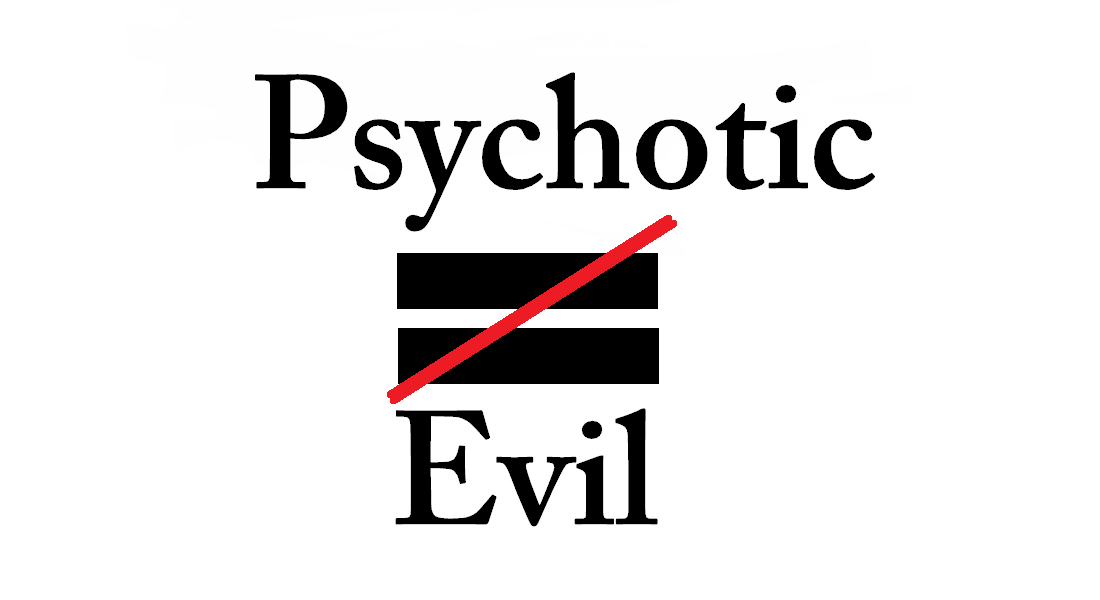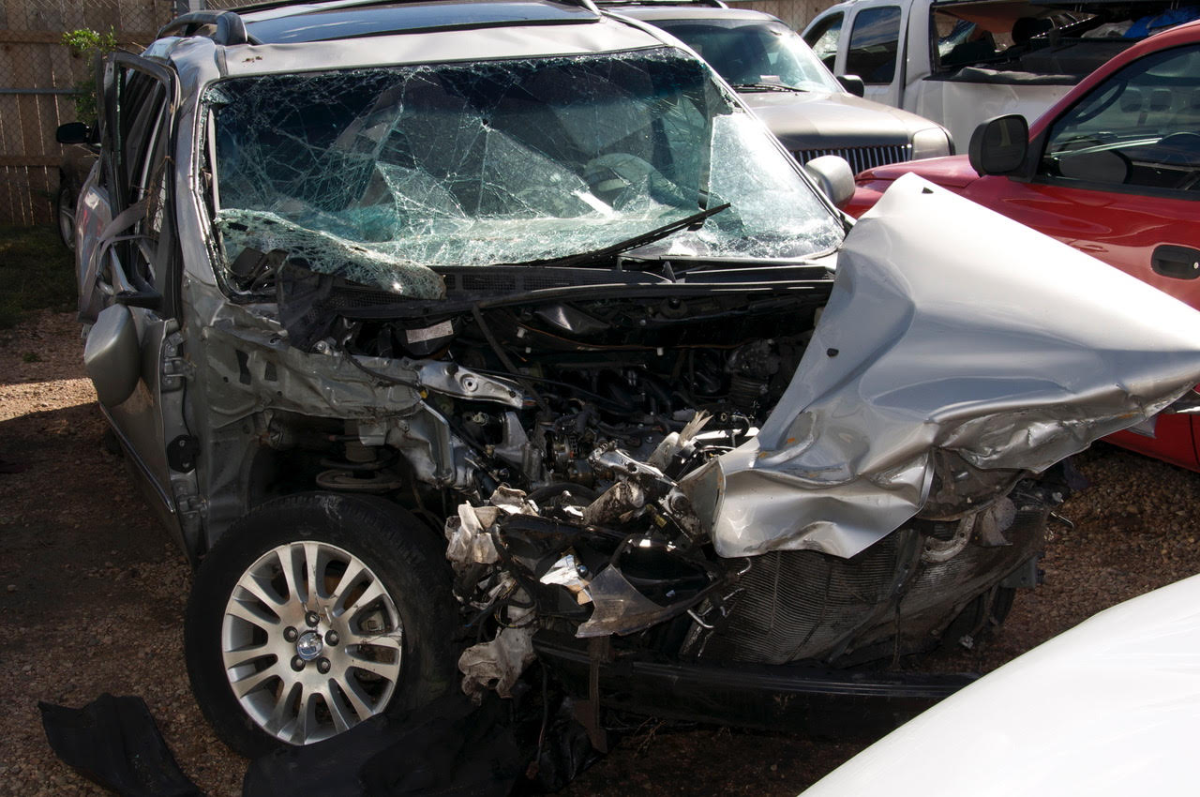By Tyler Alm
Psychosis is an element in some mental illnesses like schizophrenia, schizoaffective,and bipolar that is characterized by an impaired ability to determine reality. It usually manifests in hallucinations, visual or auditory, and delusions. According to News Medical, specializing in life science, the word psychosis was created in the early 1800’s, in reference to all nerve diseases. In 1845, the definition was changed, used as a synonym for mania, but still remained in medical use. Medication for psychosis was not being created yet, and the development of antipsychotics would not begin until the 1950s. The 1800’s asylums are infamous for their terrible abuse on the mentally ill, this being more noticeable with sufferers of hallucinations and delusions, as depressive and anxious patients often were not treated with anywhere near the amount of pain and judgment psychotic patients were and still are. According to Everyday Health, treatments ranged from simply being sent to workhouses and to church regularly, to asylums with brain drills, mysterious medication, and blatant beatings. Asylum, by definition, means protection and shelter. However, the asylums of the 1800s were the farthest thing from safety. The institution was not based on helping the mentally ill achieve any sense of peace or normalcy, but instead to punish those who stepped outside the given social norms of the time. Often times, patients were mental cases who were abandoned at the door. ‘Bedlam’ was a nickname for asylums of this time, based off a church run asylum named New Order of St. Mary of Bethlehem. While begun on good intentions, the center became synonymous with medical abuse with absurd and torturous treatments. Some of these include bloodletting, the administration of blisters, dunking in cold water, beatings, and starvation. Bedlam is the most famous, but certainly not the only one that abused its mentally ill patients. Things changed with the introduction of disorder medications.
From the late 1800’s and the early 1950’s, antipsychotic medicines were just beginning to be produced, as medicines for disorders and mental illnesses were not common in the time. While the medications have become safer and safer as time goes on, those with severe psychosis often find themselves facing high dosages with side effects like seizures and uncontrollable movement. Given the frightening properties of most hallucinations, delusions, and feelings of paranoia, many psychotic people still choose to deal with any ill effects that could come from achieving peace.
However, even in the 21st century, psychotic people face outside problems alongside their mental illnesses. Studies by MedPageToday, a site focused on medical and mental information, show that the odds of sexual or physical violence is 286 percent higher for people suffering from a mental illness.
Many people who cope with hallucinations and delusions are so afraid of them, it drives them to self harm and suicide. Hearing voices and seeing frightening images that are unreal is such an unimaginable idea for majority of individuals, but people cope with such things all the time. Some have to work very hard for their recovery, as youths hearing voices are 10 times more likely to experience suicidal thoughts.
While living with a psychotic illness is unimaginable for most, with the threat of violence, risky side effects, and the manifestation of the symptoms, the hardships are not all accounted for. One of the most modern threats facing psychotic people is nonpsychotic people with a skewed view of who and what they are.
According to surveys conducted by Psychological Science, 60 percent of people expect violence out of psychotic people, while only 12 percent of violent crimes are related to psychotic symptoms at all. Neurotypical, or non affected, individuals often believe that sufferers with illnesses are not fit for higher education, relationships, careers. Essentially, not fit for any kind of happy life. The troubling question, though, is where such a huge and ugly stigma comes from. The source that I blame for the ugly stigma and stereotypes is the horror genre.









